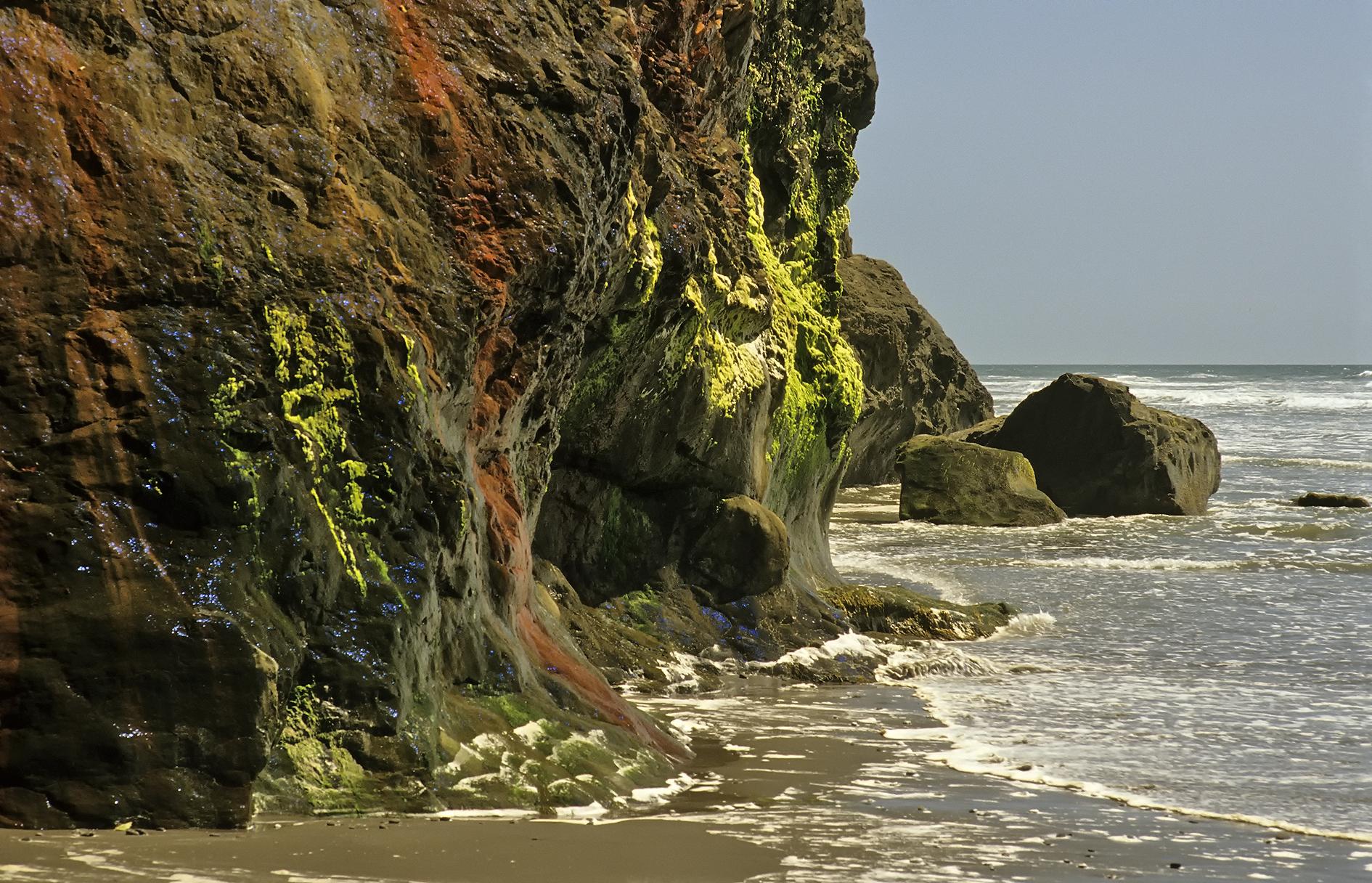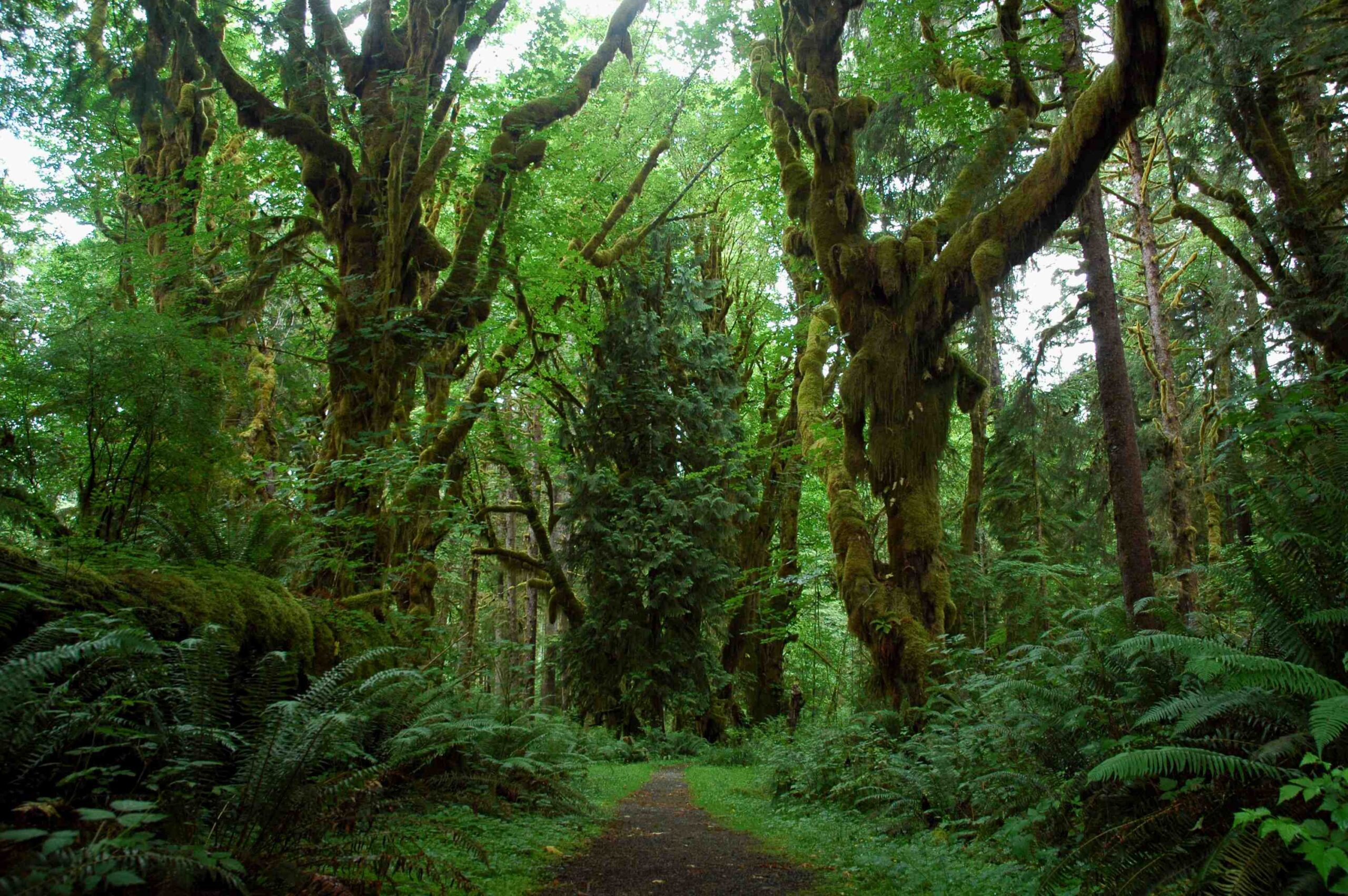Olympic National Park offers a diverse array of spring hiking opportunities, from lush rainforests to alpine meadows. As the snow melts and wildflowers begin to bloom, hikers can explore trails with varying difficulty levels and stunning natural features. This guide focuses on the best spring hikes in Olympic National Park, rated for their roots and overall experience, providing essential information for planning your adventure.
What Are the Best Spring Hikes in Olympic National Park?

Olympic National Park boasts numerous trails that come alive in spring. Here are some of the top-rated hikes:
- Sol Duc Falls Trail
- Hoh River Trail
- Marymere Falls Trail
- Hurricane Ridge Area
- High Divide Trail
Let’s explore each of these trails in detail.
Sol Duc Falls Trail
- Length: 1.6 miles roundtrip
- Elevation Gain: 200 feet
- Difficulty: Easy
- Root Rating: 4/5
The Sol Duc Falls Trail is a classic Olympic Peninsula rainforest hike, perfect for all ages and abilities. This trail features:
- Lush canopy of Sitka spruce and Douglas-fir
- Minimal elevation gain
- Stunning waterfall at its peak in spring
- Rich understory of ferns and mosses
Spring hikers will enjoy the vibrant green foliage and the thunderous roar of Sol Duc Falls, swollen with snowmelt.
Hoh River Trail
- Length: 37 miles (typically done in sections)
- Elevation Gain: Varies, generally moderate
- Difficulty: Moderate
- Root Rating: 5/5
The Hoh River Trail is renowned for its old-growth rainforest and diverse flora. Key features include:
- Giant western red cedars and Sitka spruces
- Lush understory of ferns and mosses
- Opportunities for wildlife viewing
- Multiple day-hike options or backpacking trips
Spring hikers can witness the forest coming to life with new growth and the Hoh River swelling with glacial meltwater.
How Do Spring Trail Conditions Vary in Olympic National Park?

Trail conditions in Olympic National Park can vary significantly in spring:
| Trail Area | Early Spring | Late Spring |
|---|---|---|
| Lowland Rainforests | Muddy, wet | Drier, more accessible |
| Alpine Areas | Snow-covered, limited access | Melting snow, wildflowers emerging |
| Coastal Trails | Wet, potential storm damage | Drier, more stable |
Hikers should be prepared for muddy conditions, especially in lowland areas and rainforests. Alpine trails may still have snow cover in early spring, with conditions improving as the season progresses.
What Wildflowers Can Be Seen on Spring Hikes?
Spring in Olympic National Park brings a colorful array of wildflowers. Here’s what you might encounter:
- Lowland Forests: Trillium, violets, bleeding heart
- Subalpine Meadows: Lupine, bear grass, avalanche lilies
- Alpine Areas: Phlox, paintbrush, asters (late spring to early summer)
The High Divide Trail and Hurricane Ridge area are particularly known for their spectacular wildflower displays as spring transitions to summer.
How Should Hikers Prepare for Spring Conditions?
When planning spring hikes in Olympic National Park, consider the following:
- Check trail conditions: Contact the park’s visitor centers for up-to-date information.
- Bring appropriate gear: Waterproof boots, rain gear, and layers are essential.
- Be prepared for stream crossings: Spring snowmelt can make crossings challenging.
- Carry the Ten Essentials: Including navigation tools, extra food, and emergency shelter.
- Practice Leave No Trace: Stick to established trails to protect fragile spring vegetation.
What Are the Accessibility Options for Spring Hikers?
Accessibility varies across Olympic National Park’s spring hiking trails:
- Sol Duc Falls Trail: Relatively flat and wide, suitable for many ability levels.
- Marymere Falls Trail: Well-maintained, but with some elevation gain and stairs.
- Hurricane Ridge Area: Paved paths available, but some trails may be snow-covered in early spring.
Always check with park rangers for the most up-to-date accessibility information.
How Can Hikers Minimize Their Impact on Spring Ecosystems?
Spring is a delicate time for Olympic National Park’s ecosystems. Hikers can minimize their impact by:
- Staying on designated trails
- Avoiding trampling emerging vegetation
- Properly disposing of waste
- Respecting wildlife from a distance
- Following all park regulations and closures
By practicing responsible hiking, we can help preserve the park’s natural beauty for future generations.
Olympic National Park’s spring hikes offer a unique opportunity to witness the awakening of diverse ecosystems. From the lush rainforests of the Hoh River Trail to the alpine meadows of the High Divide, each trail provides a distinct experience. By preparing adequately and respecting the environment, hikers can fully enjoy the beauty of spring in this remarkable national park.
References:
1. Visiting Olympic National Park in Spring – Wildland Trekking
2. Guide to Olympic National Park’s Ancient Forests, Giant Trees, and More – Lucas Cometto
3. Hiking In Olympic National Park: A Guide For First Timers – Wheatless Wanderlust

